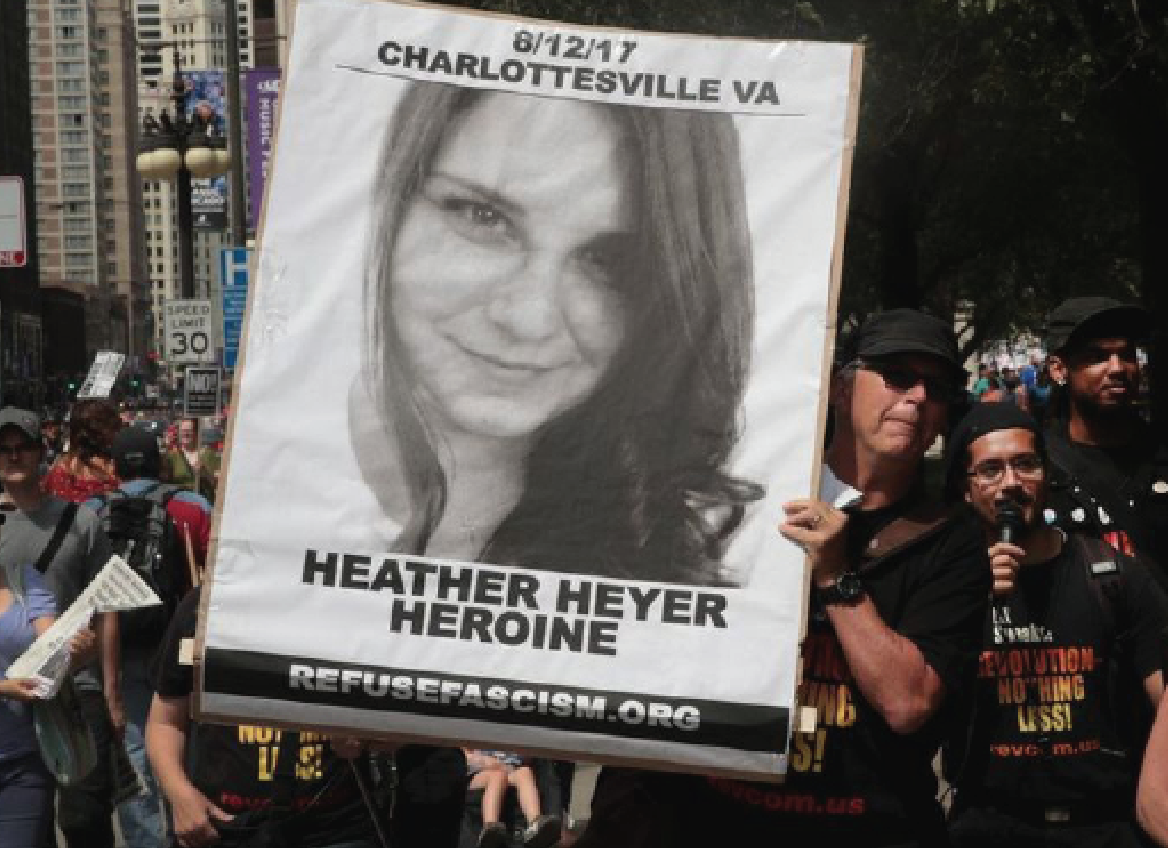
Brian Ellis
Contributing Writer
Freedom of speech is often idealized as a weapon for justice, but what about when it is used as a weapon to spread hate?
College campuses have been plagued long with organizations or groups claiming to be enacting their right to freedom of speech.
In actuality, it is just a cover for hate speech to be preached in an attempt to gain a profit.
The American Library Association’s website states that “hate speech doesn’t have a legal definition under U.S. law, just as there is no legal definition for rudeness, evil ideas, unpatriotic speech, or any other kind of speech that people might condemn.”
The law cannot stop people from voicing their opinions even if the goal is to spread their hate.
ESU is no stranger to these hate groups. As a public state University, some areas of the campus are considered public grounds.
Extreme religious, white supremacy and political groups take advantage of this loophole to spread their hateful views on campus.
Richard Spencer, American neo-Nazi and white supremacist who is president of the National Policy Institute is infamous for bringing his hate speech to public places.
In 2017, He won the freedom of speech case against Auburn University.
When the University tried to block him from giving a speech on their campus out of fear it would insight protest and create an unsafe environment, Spencer sued and a federal judge ruled that Spencer had a First Amendment right to appear at the public institution.
“With these types of issues like this it is not illegal for these groups to say this hate speech,” said Cem Zeytinoglu, a communications professor at ESU. “Limiting people’s freedom of speech in any way would be seen as placing censorship on them.”
Placing limitations on the freedom of speech amendment is an issue that has been widely debated.
Although the hate speech these groups exhibit may not be illegal, it does not mean it cannot lead to an illegal action.
Hate crimes are known to spawn from speeches given by hate groups.
In 2017, James Fields Jr., a known white supremacist, drove his car through a group of the counter “Unite the Right” protesters in Charlottesville, Va.
Thirty-two-year old Heather Heyer was killed after being struck by the car while more than twenty people were injured.
State schools are at a disadvantage when it comes to having public grounds on their campuses.
“When those groups came, I could see the comments angering students,” said Kristian Gasker, as ESU sophomore.
“If the professors were not there, an incident could have occurred.”
Universities have become more cautioned about how to better prepare not only their students but the faculty and community as well for when hate speech protestors arrive on campus.
When the extremely religious protestors arrived on campus last year, ESU made sure to notify professors and students. There were even a few campus police officers around the protestors to make sure the incident did not turn physical.
It is important to note, sometimes no reaction is the best reaction.
By any one of us getting angry or showing a reaction to groups like this, we are only giving them exactly what they want.
Email Brian at:
bellis4@live.esu.edu

